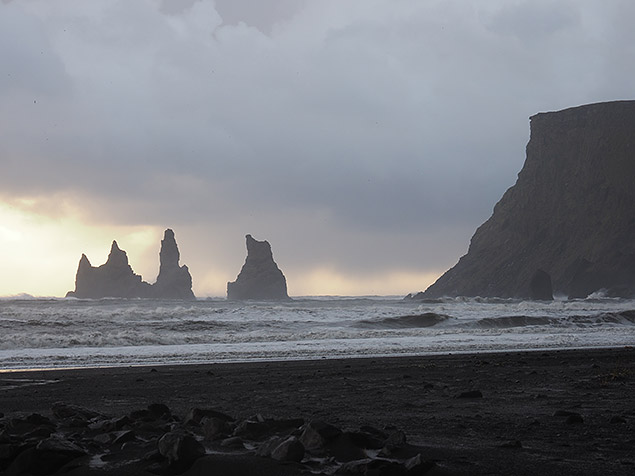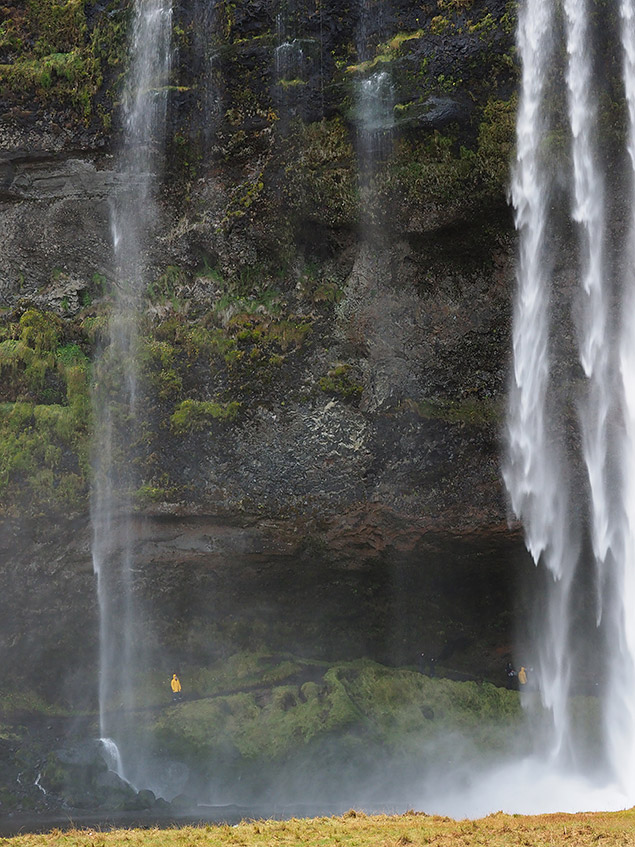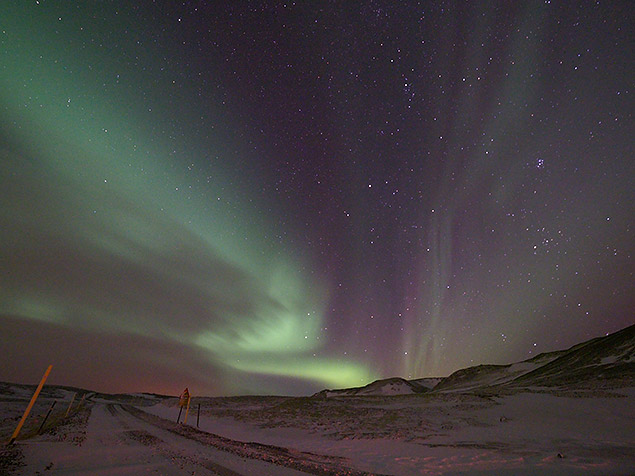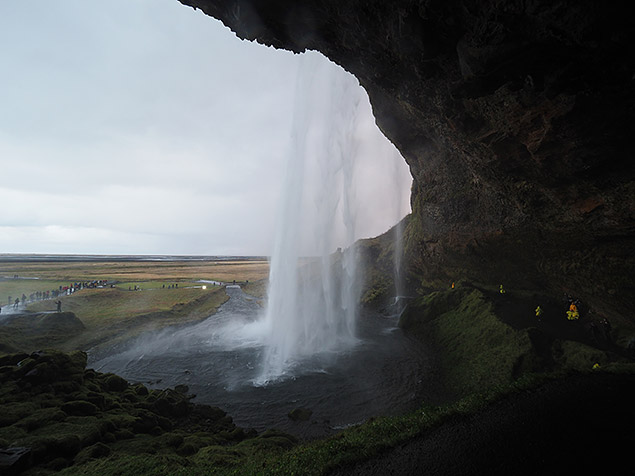Olympus E-M1 Mark II Field Test Part I: The new top OM-D takes on the rain, snow and hail of Iceland
posted Wednesday, November 2, 2016 at 1:01 AM EDT

Unveiled as a development announcement at this year's Photokina tradeshow, the long-awaited Olympus E-M1 Mark II aims to address the (relatively few) shortcomings of the original with some serious horsepower improvements and innovative technical features. Now, with the official product launch and availability announcement of the new camera, reviewers are beginning to get their hands on final production models for testing.
Over this past week, I was fortunate enough to be invited by Olympus to come out and test this new pro camera in one of the craziest locations in the world: Iceland. Known for stunning landscapes as well as wildly variable weather conditions, Iceland was an ideal location to put the E-M1 Mark II's build quality and weather sealing to the test, as well as gauge its real-world image quality performance and get a taste of its high-speed capabilities.
Now, along with a bevy of real-world gallery images, I've put together the first installment of my Olympus E-M1 Mark II Field Test. As an owner of an original E-M1, I was anxious to see how the Mark II would pan out, and from what I've experienced so far, I'm quite impressed. The build quality is just as rugged as ever, and the image quality seems noticeably improved. And while I've only gotten a taste of its high-speed performance features, like its crazy Pro Capture burst mode, I can't wait to see if this camera's beefed-up autofocus system can truly replace a DSLR when it comes to sports and wildlife and other C-AF-heavy subjects.

Back in 2013, Olympus made a big splash with its most professional-level mirrorless camera yet, the OM-D E-M1. Shaped like a mini-DSLR, this rugged, weather-sealed Micro Four Thirds camera was pitched to professional photographers as the first mirrorless camera that could truly replace their bulkier DSLRs. While thoroughly impressive with tons of features, performance and excellent build quality, the E-M1 still didn't quite make the cut for every professional photography endeavor, namely sports, wildlife and other subjects where continuous AF is crucial.
The new E-M1 Mark II features a higher-resolution 20MP sensor with 121 on-chip phase detection AF points as well as a dual quad-core TruePic VIII image processor. Not only does the camera resolve more detail than the earlier 16MP E-M1, but it also offers significantly faster burst shooting rates (up to a staggering 60fps mode). It's also said to have vastly improved continuous AF performance that's quick enough and sophisticated enough for professional sports and wildlife use.

If you're ready to dive in and see how this camera handled the rain, wind and snow of Iceland, jump over to my Olympus E-M1 Mark II Field Test Part I and get a look at the camera's real-world image quality performance. We also have our review unit in-house and rushed the camera in the lab to bring you our First Shots set of lab sample images, so feel free to check out the E-M1 Mark II Samples Page for our array of test images across the ISO range -- including some test images with the Mark II's High-Res Shot Mode.
We have lots more testing on the E-M1 Mark II under way, including Field Tests to explore C-AF performance, burst shooting and 4K video features, as well as lab testing for performance, image quality comparisons and print quality analysis, so please stay tuned!

